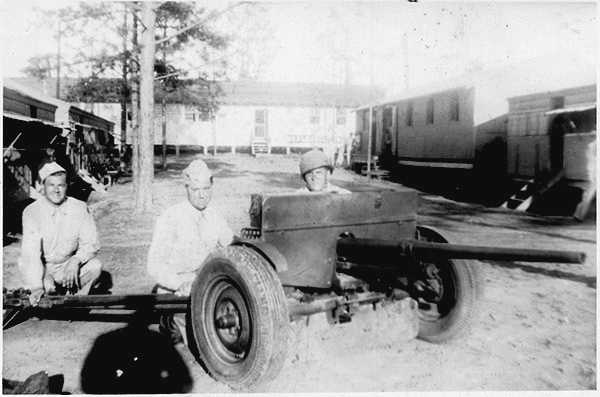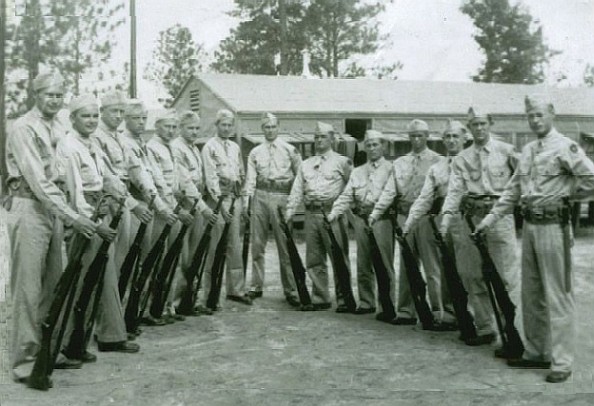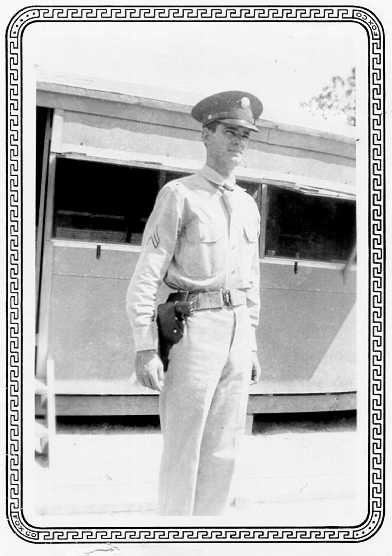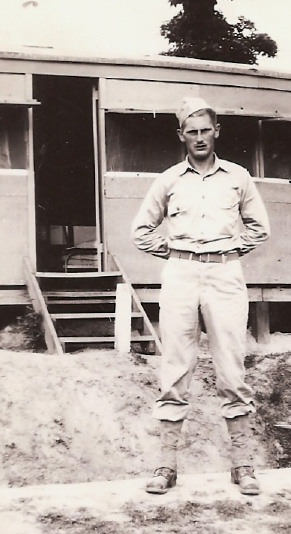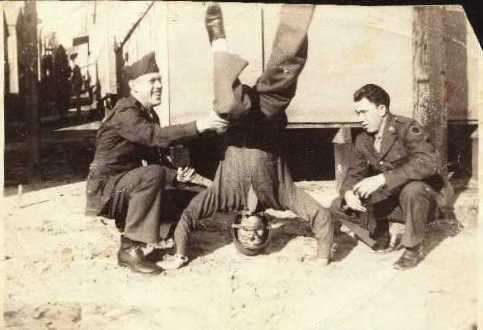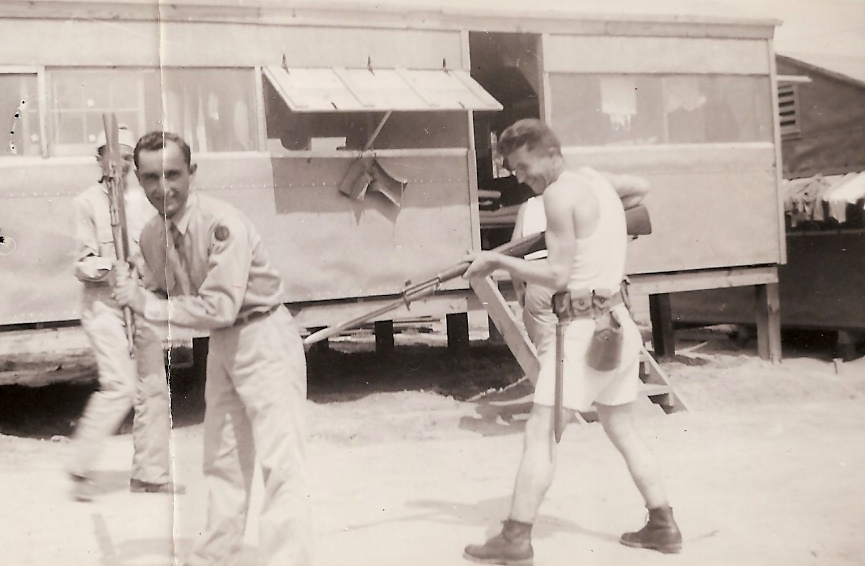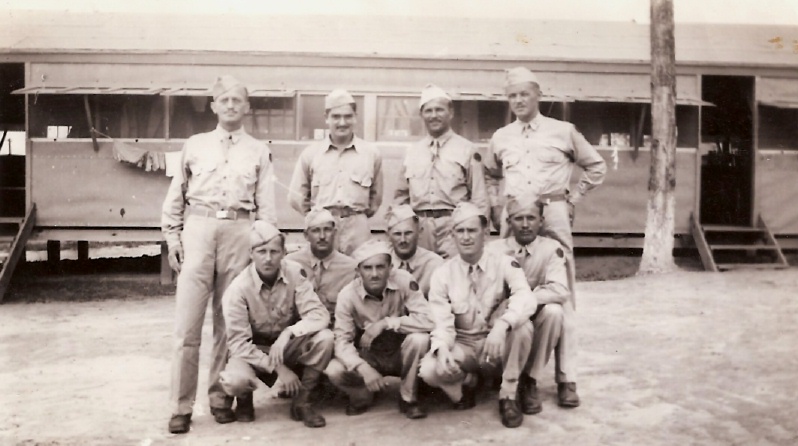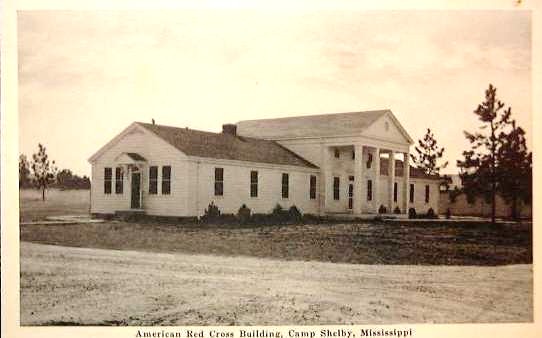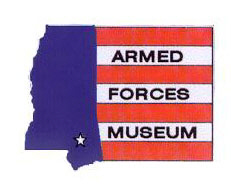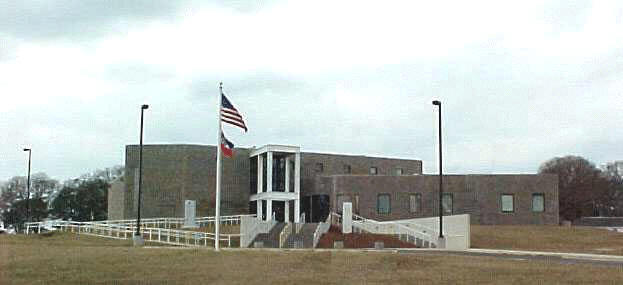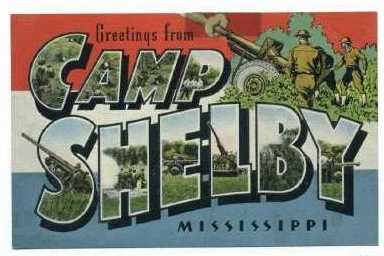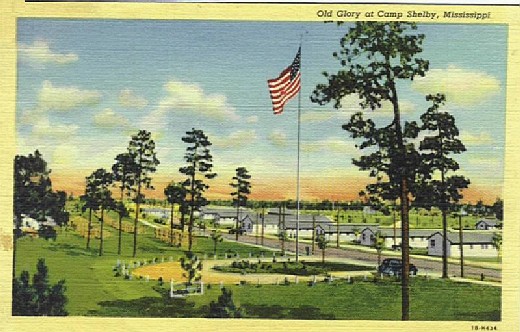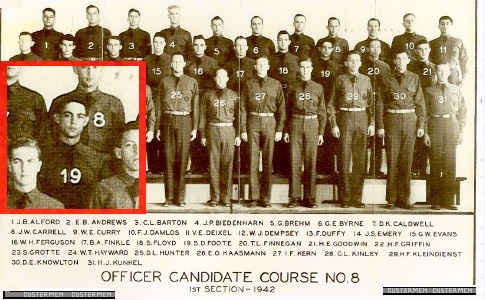CAMP
SHELBY
History of Training Camp
during
WW2
&
Today
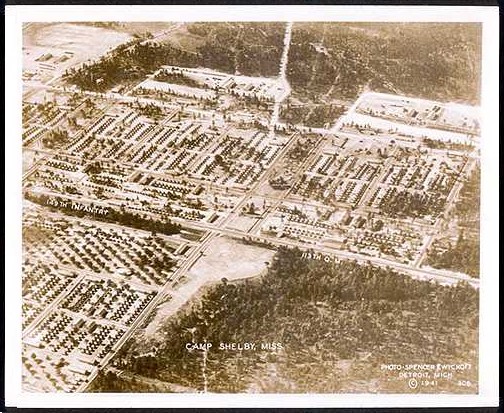
Camp Shelby, Mississippi - from
an old post card.
Camp
Shelby
has a long history as a basic training facility for soldiers during
WW1,
WW2, and all wars up to Desert Storm. It is still used by the
Mississippi
National Guard. It is located in southern Mississippi, just south
of Hattisburg. Recently a new $35M facility was opened that
houses
the Armed Forces Museum, which some say rivals the D-Day Museum in New
Orleans. This is a short history of this camp.
Origin in the Great War
Camp Shelby was
originally activated in 1917 as a training camp for World War I
troops.
It was the training facility for elements of the 37th Division, Ohio
National
Guard, were stationed at Camp Shelby, as well as the famed 38th"Cyclone
Division" of Indiana, Kentucky, and West Virginia. Local area
businessmen
and civic leaders in 1917 petitioned the U.S. Army to build a training
site in the DeSoto National Forest.
After its approval
by
the Secretary of the Army, work started on the new camp in July 1917.
More
than 4,500 civilian contractors were hired; and they built 1206
buildings,
including a hospital and warehouse. The soldiers were housed in
tents.
When World War I ended in 1918, Camp Shelby was deactivated and all but
four of the buildings were demolished. Today one of these
remains;
Building 6981;
an ammunition storage magazine, still stands just across from the MATES
facility on Warehouse Road.
The first
troops
to arrive at the new camp were 6,000 National Guardsmen from Indiana,
Kentucky
and West Virginia. They formed the 38th Division, which later saw
action
in France. These troops named the new camp in honor of Isaac
Shelby, an Indian fighter, Revolutionary War hero and first
governor
of Kentucky. Shelby was a militia-man and he distinguished
himself
in battle against the Chickamouga Indians. During the American
Revolution
he commanded an expedition that defeated a superior British force at
the
Battle of King’s Mountain. He later moved to Kentucky where he was
elected
Kentucky’s first governor in 1792. During the War of 1812, Shelby
was recalled from retirement, and at the age of 63 he organized and led
in person 4,000 Kentucky volunteers in an attack against British
regulars
at the Battle of the Thames.
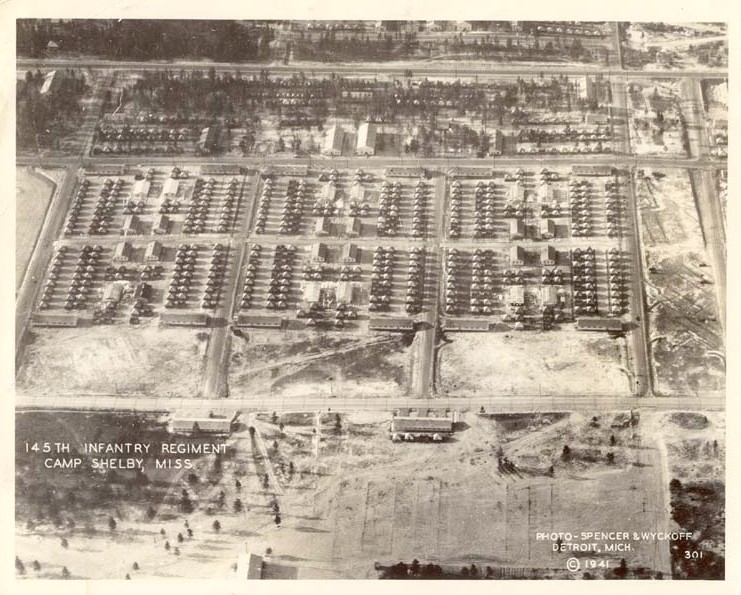 An aerial Photo of
Camp Shelby
- 1941
Photo shows the barracks and tents that housed the 145th
Infantry Regiment, 37th "Buckeye" Division.
The rows of tents aligned vertically in this photo have 18 rows on both
sides of the small road and 9 tents in each row. Including the
tents
positioned between the buildings, the total is 420 tents.
An aerial Photo of
Camp Shelby
- 1941
Photo shows the barracks and tents that housed the 145th
Infantry Regiment, 37th "Buckeye" Division.
The rows of tents aligned vertically in this photo have 18 rows on both
sides of the small road and 9 tents in each row. Including the
tents
positioned between the buildings, the total is 420 tents.
This
photo
seems to be a close-up of the photo at the top of this page but
is rotated 180 degrees. In the top photo, you can
just
barely read "145TH INFANTRY" printed along a road on the left and the
same
photographer's identity.
These
photos only
represent a small portion of the living quarters of this training
base.
By 1943, the tents were replaced by barracks and covered much larger
area.
(Photo
from
Cole's collection)
|
World War II
In 1934, the
State
of Mississippi acquired the site for use as a summer camp by the
National
Guard. Camp Shelby proved ideal for U.S. Army maneuvers in 1938, and in
1940 the Mississippi Congressional delegation was successful in
reopening
the Camp as a federal installation.
World War II
saw
an army of civilians numbering 17,000 construct more than 1,800 new
buildings
and 250 miles of roads at a cost of $24 million dollars. Soldiers still
slept mostly in the 14,000 tents, and at one time the population
exceeded
100,000 people. At its World War II peak, over 1,000 square miles were
in use for training. The 38th Division returned; and the 37th Division
from Ohio was joined by the 31st (Dixie) Division, the 43rd, 65th, 69th
Division and the famed 442 Regimental Combat Team made up of loyal
Japanese-Americans
who became the most highly decorated unit in the European Theatre.
Shelby
was also host to units of the Women’s Army Corp, (WAC), a large
convalescent
hospital and prisoner of war camp, which initially housed some of
Rommel’s
German Africa Corps. At one time during those early years, the
population
exceeded 100,000 troops, making Camp Shelby the largest training center
in the world.
The Camp Shelby of World
War
II contained 360,000 acres with an additional 400,000 acres leased for
maneuver space. In all, over a thousand square miles were in use for
training.
Initially, troops using Camp Shelby were housed in tents (over 14,000),
forming the largest tent city in the world. Construction workers
(17,000),
and Army engineer units constructed 1,800 buildings and 250 miles of
improved
roads at a cost of 24 million dollars.

The following
Divisions
and Infantry Battalions received training at Camp Shelby
(listed in numerical order
with a date of when the unit was activated):
31st “Dixie” Infantry Division - 22 Sep 1942
-
August 1943
37th “Buckeye” Infantry Division - 20 Oct 1940
38th “Cyclone” Infantry Division - 17 January 1941
65th “Halberd” Infantry Division - 6 Aug 1943
69th “Fighting” Infantry Division - 15 May 1943
85th “Custer” Infantry Division -
15 April 1942
442nd Regimental Combat Team (Nisei) - 1943
100th Battalion (parent unit of the 442nd RCT)
- February
1943 transferred from Camp McCoy
773rd Tank Destroyer Battalion - July 1941
Various support
units
also trained there; such as, Tank Destroyer unit, medical and supply
companies.
Some of the specific units included the following:
43d Replacement Battalion (later the 510th Personnel Service Battalion)
Activated 15 Augut 1943
1488th Engineer Maintenance Company
[later redesignated as 84th Engineer Combat Battalion (Heavy)]
232nd Combat Engineer Company- attached to the 442nd but also an
independent
unit.
244th Quartermaster Battalion (Service)
73rd Field Artillery Brigade, consisting of 141st FA (Washington
Artillery
of New Orleans)
166th FA, and 190th FA (155 mm gun) - 1941
2nd Field Artillery Battalion, consisting of 274th, 275th, & 276th
Field Artillery Regiments
57th Quartermaster Regiment (Heavy Maintenance)
[ later
47th
Ordnance Heavy Maintenance Regiment & 194th Ordnance Heavy
Maintenance
Battalion]
118th Military Police Battalion (part of 43rd Infantry Division)
71st Chemical Mortar Battalion (formed from part of 479th AAA Btln)
781st Tank Battalion (Late 1943, reorganized as a medium tank
battalion
and moved to Camp Shelby)
The 20th Engineer Combat
and
the 42nd Combat Engineer Regiments helped in the construction of Camp
Shelby,
Mississippi and Camp Beauregard, Louisiana. Several more
divisions
and assorted units were officially de-activated at Camp Shelby as they
returned home.
Post World War II
After World War II, the
post was again closed. The War Assets Administration sold the federally
owned property. Even the water pipes were dug up and sold, most of them
going to Oklahoma City, where some are still in use.
During the Korean
Conflict, Camp Shelby was developed as an Emergency Railhead Facility,
and $3 million was spent to restore rail, water, and electric services.
In the summer of 1954, non-divisional National Guard units trained at
the
post and in 1956, the Continental Army Command designed Camp Shelby as
a Permanent Training Site, under the direction of the Third Army
Headquarters
Again in the
1950’s
troops performing annual training at Camp Shelby were housed in
tents.
Then in 1958 Congress allocated money for the first of the
permanent-type,
cinder block barracks. In 1959 the Department of the Army approved the
overall Camp Shelby plan and adopted it as the model for future
construction
at all field training sites.
By the 1990’s,
more than 120,000 National Guard, Reserve and active duty soldiers,
sailors,
airmen and marines made use of Camp Shelby. Today it encompasses
more than 134,820 acres, Camp Shelby, Mississippi is the largest
state-owned
and operated field training site in the United States. It can
accomodate
up to battalion level maneuver training, Gunnery Table 8-12, excellent
FA Firing Points and a wide range of support facilities.
National Archives Records
When I ordered copies of the
Operational Report of the 328th Field Artillery Battalion, I also
received
about 150 pages of memos issued by the 328th FA. Most of the
memos
are orders for awards and citations. Several of the earlier memos
deal with life at Camp Shelby. Included in it is instructions for
Guard Duty and a sketch of the 328th FA barracks. The sketch
showed
the layout of the barracks and the march route for the guards. In
2002, a copy of this material was given to the library at the Armed
Forces
Musuem on Camp Shelby.
See Desert
Warfare Center for examples of the different levels and types
of training.
More Trivia: a special
visit
Reference: Paul
Schultz's book "The 85th Division in WW2"
"Early one morning in
September 1942, orders were passed down to the 85th
Division to begin an immediate police-up and check the neatness
of the entire camp. A review of the troops were scheduled in the
afternoon. Something big was about to happen. Obviously
someone
of importance was coming.
"After lunch, the
entire
31st "Dixie" Division plus IV Corps and Third Army troops began to line
both sides of Shelby's Highway 24, with men stationed every 5 paces
apart
and facing away from the road. The officer in charge of
th
339th Regiment's Intelligence and Reconnaissance Platoon was ordered to
place a guard around the 339th Regiment's parade ground.
"By 1315, troops
began marching onto the parade ground as the entire 85th Division
assembled
with the 337th and 338th Regiments marching from other parts of the
camp.
Even General Haslip arrived---wearing leggings! That in itself
was
significant.
"A long, black
limosine arrived and stopped next to General Haslip. President F.
D. Roosevelt stepped out, as the General saluted his
Commander-in-Chief.
Then General Haslip accompanied the President as they reviewed the
troops
in the limo. The President had stopped by during one of his
"secret"
tours of the nation and the industrial plants."
>|<
The name of the 38th
Infantry Division was inspired by Camp Shelby. After a a
tornado
hit the camp and several of their tents were destroyed, the division
adopted
the nickname, "The Cyclone Division".
>|<
Recently, I was
contacted
over the internet by someone whose father was an officer with the 328th
Field Artillery Battalion. His Dad said he remembered meeting
another
artillery officer named Shelby Foote.
He was referring to the famous author who has written several novels
and
the "Civil War" series. Shelby Foote was
also a featured historian on Ken Burn's "Civil
War"
PBS TV Series. I became curious, so I called Mr. Foote at
home in Memphis. He confirmed that he was probably at Camp Shelby
during the time that the 85th Division was there. He went to
Officer
Canidate School and then served on the staff of two artillery
battalions
during their training period. Eventually, Captain Shelby
Foote served in France with the 50th Field Artillery Battalion
of
the 5th Infantry Division .
>|<
Senator
Daniel Inouye of Hawaii was a member of the highly decorated
unit
of Americans of Japanese descent: the 442nd
Regimental
Combat Team. During combat in Italy, Lt. Inouye was hit in
his abdomen by a bullet while attacking an enemy position; the bullet
barely
missing his spine. He continued to fight until his right arm was
shattered
by a German rifle grenade. He lost his right arm. Inouye
was awared the Distinguished Service Cross for his action and on 21
June,
2000, and this was upgraded to the Congressional Medal of Honor on 21
June
2000. Senator Inouye returned to Camp Shelby in 2003 as the
keynote
speaker for the dedication of the monument to the members of 442nd RCT.



